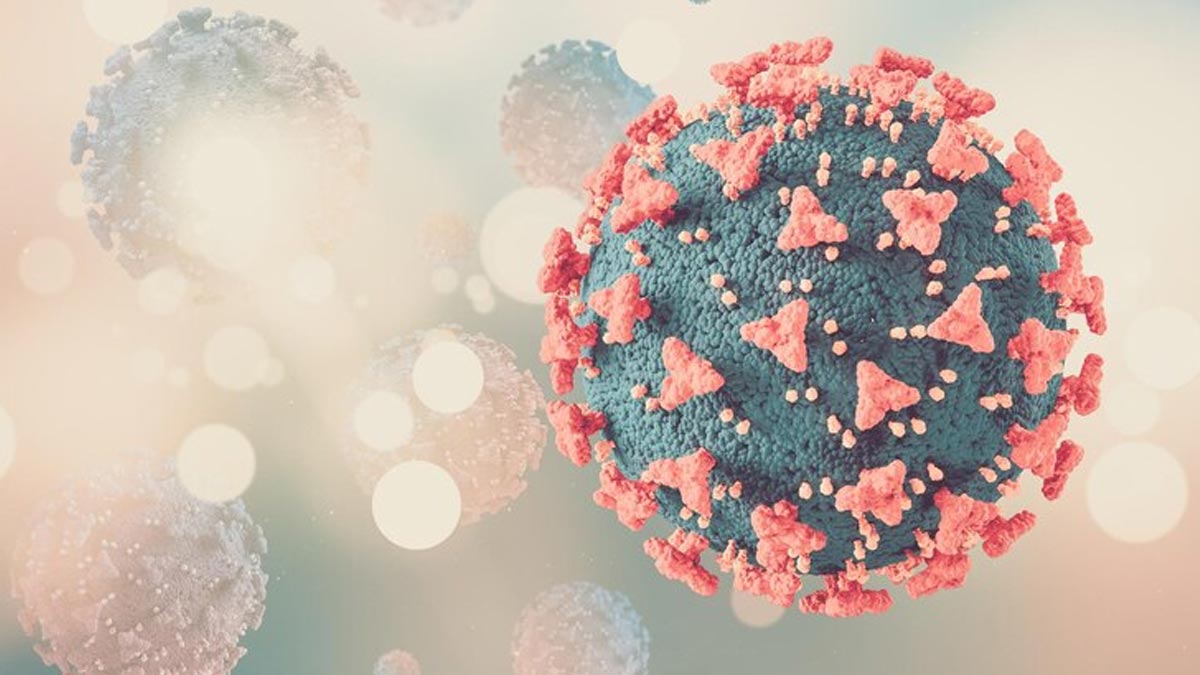
As the JN.1 sub-variant of Omicron has taken over the news about increasing COVID cases across the globe, health authorities have been increasing their vigilance to take charge before this virus gets out of hand. During these trying times, the World Health Organisation released a press release that will answer your question- Whether you need to be worried about these increased cases of COVID-19?
Table of Content:-
The press release shared that the number of new cases increased by 52% from 20 November to 17 December 2023, with over 8,50,000 new cases, as compared to the previous 28-day period.
Rising COVID Cases

One good news is that the number of new deaths decreased by 8% as compared to the previous 28-day period, with the reporting of over 3000 new fatalities. As of December 17, 2023, global reports indicate more than 772 million confirmed COVID-19 cases and almost seven million deaths.
Between November 13 and December 10, 2023, there were recorded over 118,000 new hospitalisations related to COVID-19 and more than 1600 new admissions to Intensive Care Units (ICUs). This represents an overall increase of 23% in hospitalisations and 51% in ICU admissions among countries consistently reporting data in both the current and past periods.
Notably, as of December 18, 2023, a sub-lineage of the BA.2.86 Omicron variant, known as JN.1, has been identified as a distinct Variant Of Interest (VOI) separate from its parent lineage BA.2.86. This classification is attributed to its notable surge in prevalence in recent weeks. On a global scale, EG.5 continues to be the most frequently reported VOI.
JN.1 Variant Of Interest

Even though JN.1 has been driving a significant increase in COVID cases, existing evidence shows that JN.1 presents a minimal global public health risk. Nevertheless, as winter descends upon the Northern Hemisphere, there is a potential for JN.1 to contribute to an increased prevalence of respiratory infections in numerous countries.
WHO underscored that existing vaccines remain effective in guarding against severe illness and fatalities resulting from JN.1 and other variants of SARS-CoV-2, the virus responsible for COVID-19.
Beyond COVID-19, various respiratory diseases like influenza, RSV, and common childhood pneumonia are also concurrently circulating.
Also Read: ICMR Working On Genome Sequencing Of JN.1: Here's How It Can Protect Us From This New COVID Variant
To mitigate the risk of infections and severe ailments, the WHO advocates the utilisation of all available preventive measures such as wearing masks in crowded, enclosed, or poorly ventilated spaces, maintaining a safe distance from others, adhering to respiratory etiquette (covering coughs and sneezes), practising regular hand hygiene, and pursuing testing in case of symptoms or potential exposure to COVID-19 or influenza.
Also watch this video
How we keep this article up to date:
We work with experts and keep a close eye on the latest in health and wellness. Whenever there is a new research or helpful information, we update our articles with accurate and useful advice.
Current Version